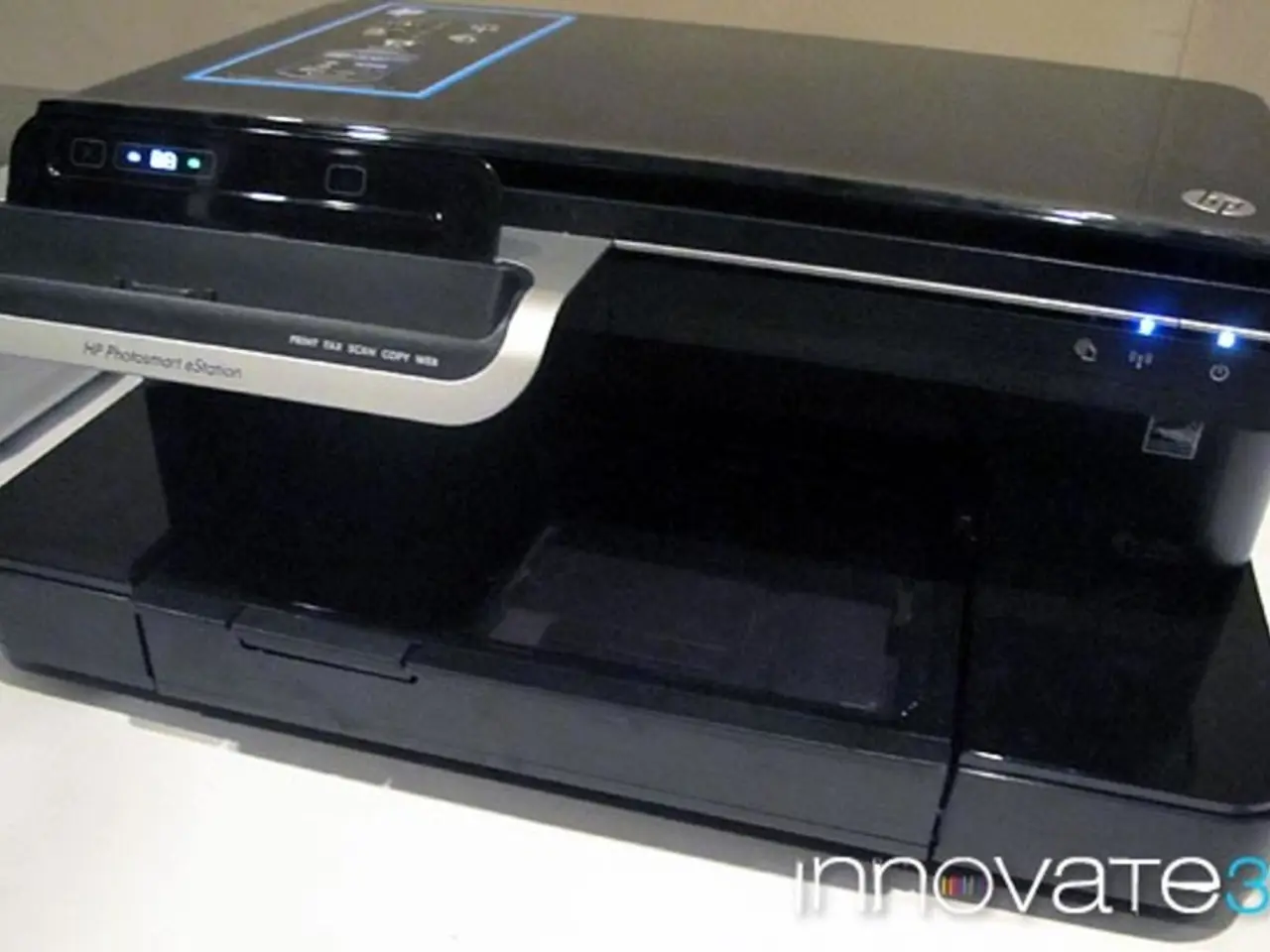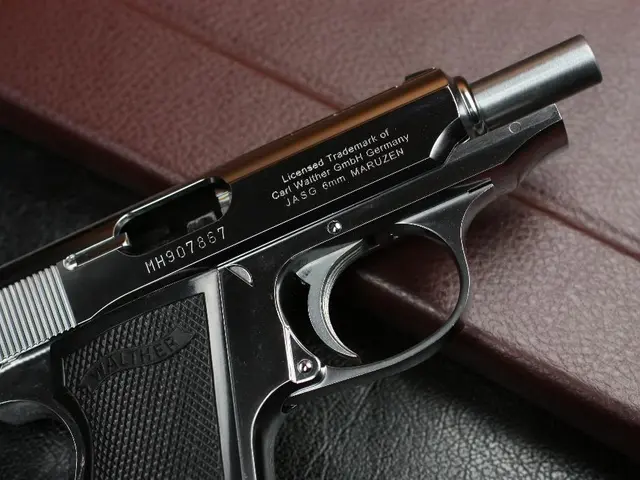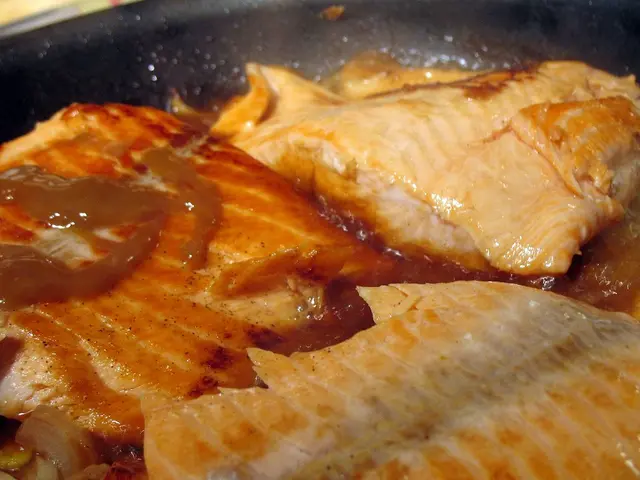Transforming Plastic Waste into Rolls of Filament Production
The PETmachine, a unique creation by Igor Tylman, stands out as a prime example of a PET bottle-to-3D printer filament extruder. This innovative design, known for its comprehensive documentation and classroom-friendly construction, has gained popularity in various workshops, classrooms, and makerspaces.
The PETmachine's setup is straightforward and well-documented. A knife slices PET plastic bottles into long strips, which are then fed through a heated extruder onto a spool. The all-metal hotend, capable of 270°C, and a dual-drive extruder are essential components of the PETmachine, ensuring the production of high-quality 1.75 mm filament with a good diameter tolerance of around 0.05 mm. Proper calibration of temperature and spool speed is crucial to maintaining this quality.
One of the standout features of the PETmachine is its integrated filament welder. This component uses an induction coil to heat a steel tube, into which filament ends are pressed together to create a strong bond, effectively lengthening short filament pieces produced from individual bottles. The filament winder, which comes with adjustable speed and tension, uses a moving guide to distribute the filament evenly across the spool, ensuring a consistent product.
While other extruder designs exist, the PETmachine's detailed guides and user-friendliness set it apart from the competition. The variety of filament welders is somewhat limited, but the induction coil method in the PETmachine is a notable option.
RomanMal, a well-known figure in the DIY and maker communities, has also shared his experience with this kind of extruder. Igor Tylman, the inventor of the PETmachine, has also developed a filament welder and a spooling machine to address the issue of short filament strands produced by each bottle, further enhancing the PETmachine's capabilities.
In conclusion, the PETmachine is a commercially available, CE certified, and easy-to-assemble solution for creating 3D printer filament from recycled PET bottles. Its user-friendly design, integrated filament welder, and comprehensive documentation make it an attractive choice for those looking to reduce waste and create their own filament factory without advanced tools.
The PETmachine's design, including essential components like the all-metal hotend and dual-drive extruder, showcases its integration with advanced technology, transforming recycled PET bottles into high-quality gadgets. This innovative 3D printer filament extruder, popular in various workshops, classrooms, and makerspaces, also features an integrated filament welder, using technology such as an induction coil, to create a strong bond between filament ends and ensure consistent output.








